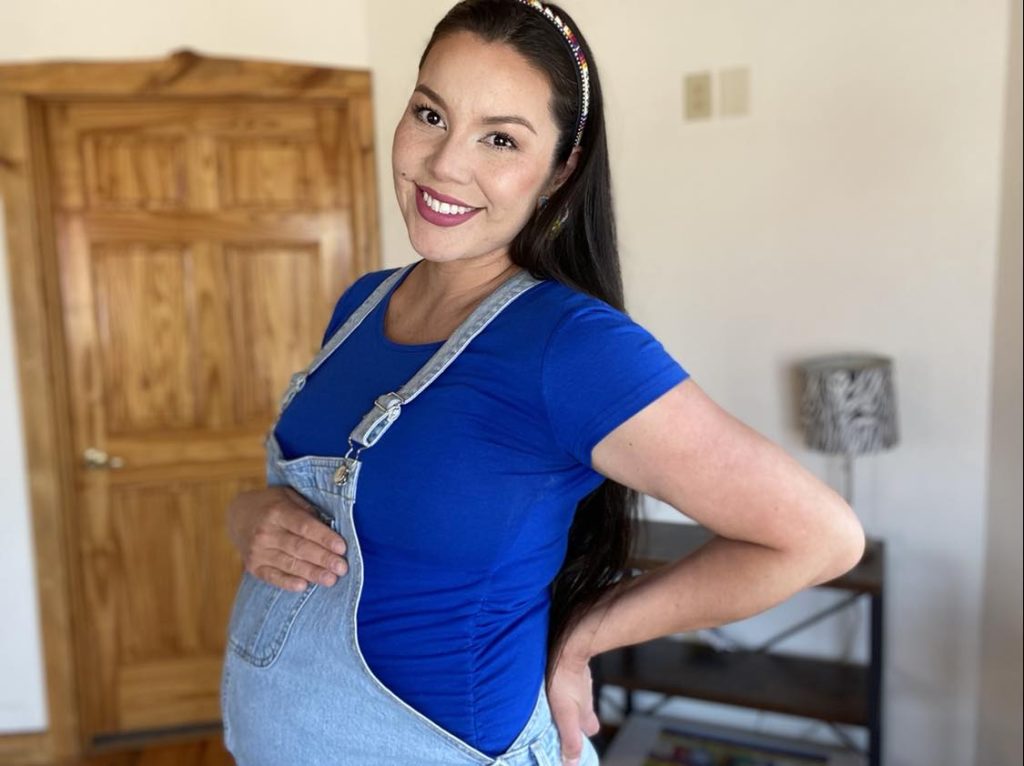Hoyeya is a platform for sharing everyday memes and content on Facebook and posting video content on Youtube, translated into Lakota. It is aimed at the revitalization and continuation of the Lakota language and culture. Hoyeya means to send your voice out in Lakota. Camille Sine Fire Thunder has utilized the space where only Lakota and some Dakota are used, challenging users to interact with the Lakota language without translating to English. Creating videos for young children and preparing to share some for caregivers and parents, you will want to keep an eye out for her videos.

Many endeavors must be made in pursuit of cultural preservation and revitalization. Indigenous people across the North, Central, and South American Continents have stayed creative with the times to keep culture and language alive. “Your culture is found within the language and where your values are,” she says, wanting to acknowledge what many others say regarding the work of language preservation. For communities striving to keep languages thriving like those on the Pine Ridge Reservation, Sine Fire Thunder understands that language and culture start in the home first.
“I know languages change over time, but knowing this is the language our ancestors spoke feels really cool to maintain and to know that our values are embedded in the language, and that keeps us connected to our ancestors.”
-Sine Fire Thunder
Embarking on the journey of speaking Lakota and Dakota languages in the home first and also sharing it with those around her and online was a decision that felt natural for this Millenial Indigenous matriarch. With a Bachelors’ in Elementary Education and six years of classroom experience with 5th through 11th-grade students, she has a knack for educating young minds.
During times of uncertainty, Sine Fire Thunder has relied on culture and language to ground her in the high-speed internet society that has reached the small corners of rural communities across Turtle Island. As a young adult, she was experiencing the growing pains of being a young Native woman navigating anti-Indigenous systems and experiencing what felt to her like being ‘burnt out.’ In her late teens and early twenties, there weren’t many accessible resources like there are today. “I feel like I didn’t have a community for a while. And feel like I lost my passion,” Sine Fire Thunder sighs while lovingly gazing at her children. She reached back towards her elders like her grandmother and aunties, seeking a way to heal those feelings.
“Then I met Alex, and we had children,” Life has a way of nudging you in the directions you don’t always recognize you want to head the most. And suddenly, there aren’t any more ideals of how you want to raise your kids; the time becomes now to act, with no real planning but relying on your cultural values. “If that’s what you want for your children, you just need to do it,” she affirms.
Sine Fire Thunder’s language videos are aimed towards pre-primary age viewers (0-6 years), but the content is being found in classrooms teaching Lakota and Dakota around South Dakota, and even adult classes find use. The language videos stand out because they are immersive and animated. Equipped with a background in early childhood education, Sine Fire Thunder is able to effectively captivate little eyes and ears with fun songs and hand gestures. She repeats fundamental phrases along with images and videos that depict them. These accessible, immersive language learning videos allow viewers to make connections with the meaning of these phrases. The goal: Allow fundamental language use to be a normalized auditory stimulation for growing young minds.
But still, for reconnecting young people, there hasn’t been enough accessible content coming from residents in the communities that traditionally use the languages. Ms. Rachel, a huge youtube sensation, inspired Sine Fire Thunder’s content style. She felt that her family needed something like what Ms. Rachel was doing but in Lakota and Dakota. There seemed to be no children’s Lakota and Dakota language tools available that were geared towards speech development, and this inspired Sine Fire Thunder to give the Youtubers style a try “because it’s so cute, educational, and she’s [Ms. Rachel] a music teacher too.” It was worth a try after seeing the way her kids were ‘captivated’ by Ms. Rachel’s style of teaching.

Of course, this would require Sine Fire Thunder to create content, “there’s really not content that matches our needs, so you just need to do it.” Lakota and Dakota, while similar, are distinctly different language dialects. Both groups have held a close relationship historically as members of the Oceti Sakowin, and to this day, there are many mixed Lakota and Dakota households. Sine Fire Thunder has found a way to encourage learning the distinctions between the two languages and to be inclusive of Native languages in her area.
The younger we are able to nurture traditional language, the greater our odds are in increasing overall community fluency and usage of Lakota and Dakota. “It is Lakota heavy, and I do try to implement Dakota where I can,” but due to her location being in a Lakota community, it makes sense that there are more materials available to share and teach. She wants to label more as time proceeds, but she shared that she feels people should “develop an ear for both dialects,” which is hard to disagree with.








